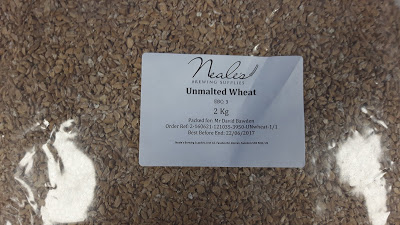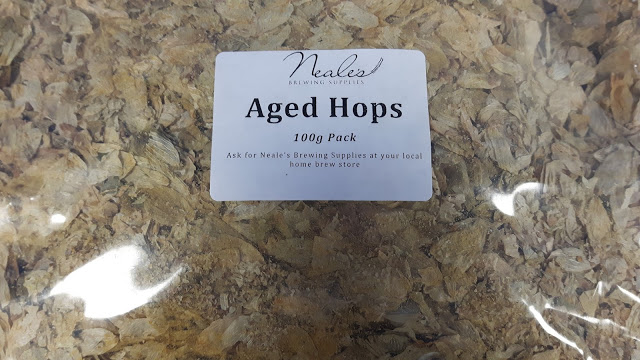As homebrewers become increasingly interested in, and able to create, sour beers at home it is likely that the turbid mash technique may gain a little more prominence in the homebrew community – but what is a turbid mash? And how do you go about doing it?
Dave in our UK office talks us through the technique and the reasoning behind it.
“Turbid mashing is a technique historically associated with brewing lambic style beers. With many sour beers, the aim is a wort with a large level of dextrins. These are longer chain sugars which most brewer’s yeast cannot ferment but which many wild yeast strains can. This means that by aiming your mash profile towards the alpha-amylase end you can increase the effect the wild yeasts have on the beer as the wild yeasts will break down the larger molecules.
You can also increase the level of complex carbohydrates in the wort by utilising a turbid mash. The basic idea behind a turbid mash then is to remove part of the mash and halt the enzyme activity in order to prevent the enzymes converting starches into more easily convertible sugars.
 |
| Unmalted wheat |
So how does a turbid mash differ from a decoction mash?
Unlike a decoction mash where the purpose is to add separately heated portions of the mash back to raise the overall temperature of the mash, the turbid mash removes liquid from the mash (not grain) and heats it separately to halt enzyme activity. The turbid portions of the mash are added back at the end of the mash cycle to raise the temperature to mash out – around 75°C or 167°F.
In his book, ‘American Sour Beers’, Michael Tonsmeire states that if you use this technique and your malt bill contains unmalted grains, a higher than normal temperature should be used for your sparge water – around 85°C (185°F). The purpose of this is to gelatinise the remaining starches.
Due to the increased level of starches that you get in your wort as a result of turbid mashing the wort produced can be much more hazy than usual but the extended conditioning periods for sour beers should help to reduce this issue.
If you decide to give turbid mashing a go then you will start with a much thicker mash than usual, in fact, the liquor to grain ratio should be about 0.7 L/kg of grain (0.3 US qt/lb). Mash in at 45°C (113°F). Traditional lambics use a large proportion of unmalted wheat so the purpose of this mash temperature is to break down proteins. Hold at this rest for 10 minutes.
In a separate kettle, boil water. After the protein rest you want to add enough boiling water to raise the temperature to 58°C (137°F) to gelatinise the raw wheat. The amount of water required to raise the temperature will bring your mash to liquor ratio closer to the 1 L/kg range (0.45 US qt/lb).
Using the recirculation arm of the Grainfather, draw off 1 L (1 US qt) of mash water. You may need to use a strainer here as you want the liquid and not the grains. Ensure you stir your mash well and then add the litre of mash water to a separate kettle or pot and heat to 82°C (180°F) in order to halt enzyme activity.
Add boiling water to the mash to raise the temperature to 66°C (150°F). This is your beta amylase rest that you will hold for 30 minutes. After 30 minutes, draw off about 3.8 L (4 US qt) of wort and add to your turbid wort pot. Heat again to get the temperature back to 82°C (180°F) and hold it at this temperature.
Add more boiling water to your main mash in order to raise the temperature to 72°C (162°F) and hold for 30 minutes. In your kettle you were using for boiling water, add cold water to bring the temperature down to around 88°C (190°F). You want to hold the water at this temperature ready for your sparge.
After 30 minutes, raise the temperature of your turbid wort to 85°C (185°F). Remove the same amount of liquid from the main mash as you have in your turbid wort kettle (around 4.8 L or 5.07 US qt). Replace this liquid with the liquid from your turbid wort kettle. This should raise the overall mash temperature to 75°C (167°F). Hold this for 20 minutes, recirculating as normal before beginning your sparge using the 88°C (190°F) sparge water.’
